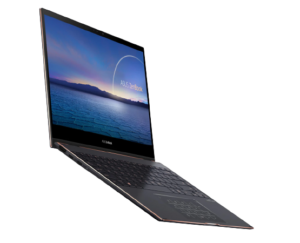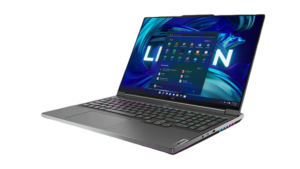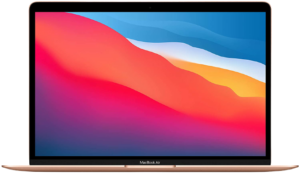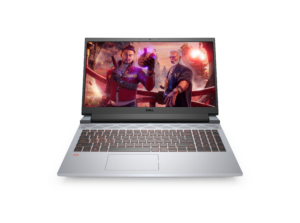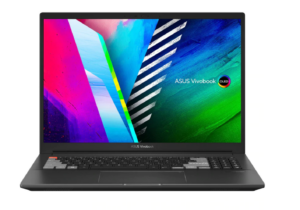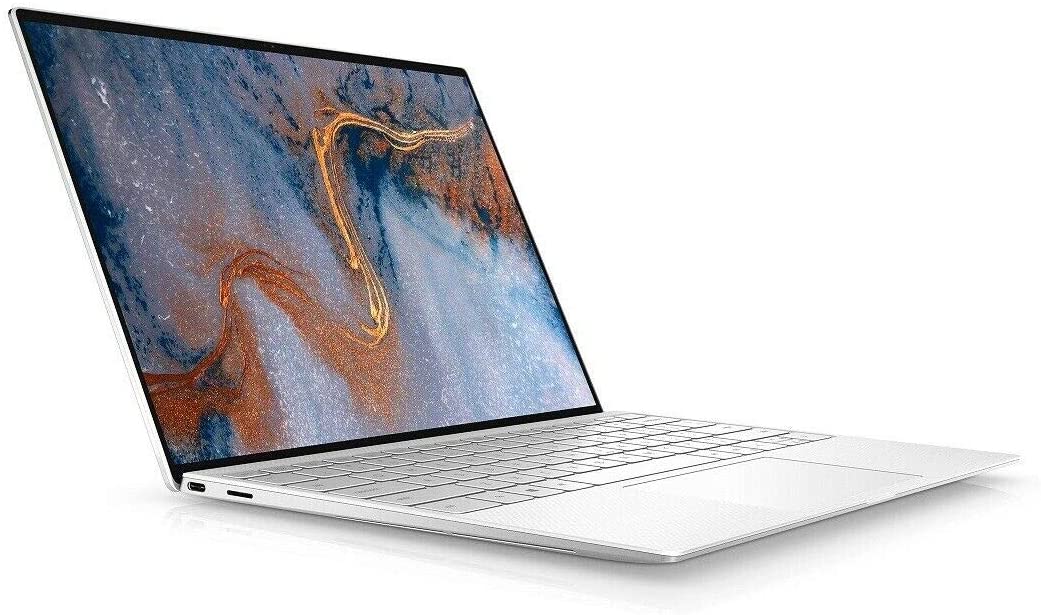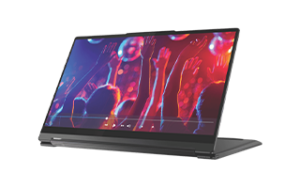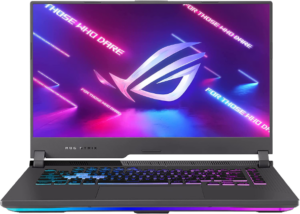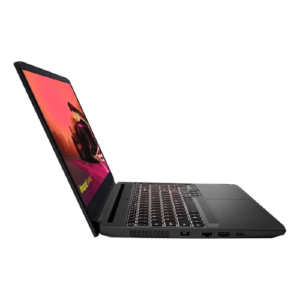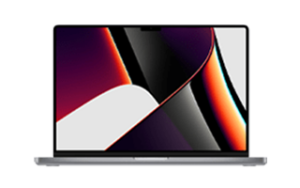Optus Mobile Review ALDI Mobile Review Amaysim Mobile Review Belong Mobile Review Circles.Life Review Vodafone Mobile Review Woolworths Mobile Review Felix Mobile Review Best iPhone Plans Best Family Mobile Plans Best Budget Smartphones Best Prepaid Plans Best SIM-Only Plans Best Plans For Kids And Teens Best Cheap Mobile Plans Telstra vs Optus Mobile Optus NBN Review Belong NBN Review Vodafone NBN Review Superloop NBN Review Aussie BB NBN Review iiNet NBN Review MyRepublic NBN Review TPG NBN Review Best NBN Satellite Plans Best NBN Alternatives Best NBN Providers Best Home Wireless Plans What is a Good NBN Speed? Test NBN Speed How to speed up your internet Optus vs Telstra Broadband ExpressVPN Review CyberGhost VPN Review NordVPN Review PureVPN Review Norton Secure VPN Review IPVanish VPN Review Windscribe VPN Review Hotspot Shield VPN Review Best cheap VPN services Best VPN for streaming Best VPNs for gaming What is a VPN? VPNs for ad-blocking While tablets and convertibles quickly went from novel to normal for many consumers, there are still plenty who prefer to stick with a more conventional portable computing form factor. It doesn’t hurt that the list of typical laptop compromises gets shorter and shorter each year. These days, buying an ultrathin laptop doesn’t involve as big a sacrifice in performance, nor does buying a performance-focused laptop doesn’t involve settling as much when it comes to portability. For those who aren’t demanding power users, using a laptop as a replacement for your desktop is a much more viable course of action than it was previously. Where tablets and convertibles are sometimes experimental, laptops are a known quantity. You know what you’re buying, and you know what you’re getting. Unfortunately, there are still an overwhelming number of options to choose from if you’re in the market for a new laptop. For all that recent chip shortages have squeezed the tech supply chain to the breaking point, laptop buyers remain spoiled for choice. And as more and more businesses move towards working from home, it’s become vital to ensure you have the right tools for the job. If you’re looking to buy a new laptop in 2023, these machines represent the cream of the crop. Although the name might suggest that ASUS have just traded out the LCD-LED screen on last year’s Zenbook 14 and called it a day, the truth is anything but. A change in display tech is enough to make anything look new, but it’s the swag of savvy improvements here that serve to make the Zenbook 14 OLED actually feel it. By looking beyond the glitz and glamour of its namesake, the new Zenbook 14 OLED takes strides where lesser laptops fumble. As with many of its competitors, it’s powered by Intel’s finest crop of 12th-Gen Core silicon, Iris Xe graphics and a generous sum of PCIe SSD storage. The ASUS Zenbook 14 OLED excels on every front that matters and manages to find a few edges of its own against the finest of its competition. This is absolutely the case when it comes to Huawei’s Matebook laptops, and especially the case when it comes to the Matebook D14. Boasting a sleek design that’s designed to be a dead-ringer for Apple’s MacBook, this particular Matebook comes powered by an 11th Generation Intel Core i5 processor and armed with a gorgeous 14" FullView display. With up to 512 GB of SSD storage, thinner 4.8 mm bezels, fast charging via USB Type-C and a fingerprint sensor for added security, the Huawei Matebook D14 comes with many of the premium perks of a luxury laptop at half the price. Huawei’s fast depreciation in Western markets might be bad news for them, but it leaves the Matebook D14 looking like a steal for those on the lookout for a budget-friendly Windows laptop in 2023. Like most MacBooks, the new MacBook Air doesn’t have a touchscreen, but it does incorporate Apple’s reworked magic keyboard, a Touch ID fingerprint sensor and a matching set of Thunderbolt ports for power users. Powered by Apple’s headlining-grabbing M2 processor, you get the latest version of the macOS operating system and hardware designed to get the most out of it. For those seeking a standout laptop that integrates effort with the rest of the Apple ecosystem, the new MacBook Air is built to deliver. It’s all wrapped up in a familiar design and a price tag that, even for Apple, rarely feels all that egregious. If you’re the kind of person who can dance to Apple’s tune when it comes to what a modern laptop should look like, the new MacBook Air is the obvious way to go in 2023. It’s easy to find laptops that bend the way this one does. It’s hard to find one with an OLED screen. Even if you do, the chances of it delivering the performance as well are almost as slim as the form factor found here. It’s easy to wish for a version of this Zenbook that’s cheaper or one that runs on an AMD chipset, but it’s hard to deny the reality that this premium PC is one of the best and brightest 2-in-1 laptops you can buy in 2023. The latest Lenovo Legion 7i isn’t cheap, but the high price involved also includes all the bells, whistles, and performance you could want from a gaming laptop. There’s an expansive 16-inch WQXGA IPS display clocked at 165Hz. There are also the best-in-class Intel Core and Nvidia RTX chips, up to 32GB of DDR5 RAM and up to 2TB of onboard storage. More than just piling on the right parts and ticking all the right boxes, the Lenovo Legion 7i elevates a familiar formula through smart innovations like the inclusion of a vapour chamber, Lenovo’s own ColdFront 4.0 fan tech and a suite of software tools that make optimising the performance of the hardware here easy and instant. Wrapped up in stylish looks and ports aplenty, the Lenovo Legion 7i is currently our pick for the best gaming laptop you can buy. While this older model is synonymous with an older processor and a more traditional design, these details are hardly going to be dealbreakers when it comes to the demands of students. So long as you’re not planning on any gaming, the M1 processor found inside the older MacBook Air still more than holds its own in 2023. There’s a consistency and balance to the 2020 MacBook that’s hard to find at price points that lean towards affordability. It’s not quite as cheap as something like the Microsoft Surface Laptop Go 2 or Acer’s Swift X, but when you factor in Apple’s own student discount and the reality that what’s here is better equipped to go the distance than most of the alternatives, the pros of stretching your budget that little bit further begin to outweigh the cons. The MacBook Air won’t cover all the bases, but it’ll probably do a great job at almost all of your computing essentials if you’re a student looking for an easy solution to laptop confusion. Even if the display on the baseline Dell G15 is only FHD when it comes to quality, it’s more generous when it comes to size and refresh rate than many other laptops in its class. What’s more, it comes in both AMD and Intel varieties. The Intel-based version of the laptop relies on an Intel Core i5-12500H as standard, but this can be upgraded to an Intel Core i7-12700H for an extra $200 or so. If you’re looking at sticking with the G15 for the long haul and squeezing as much performance out of it as possible, this is surcharge is probably one worth paying. On the other hand, those looking to squeeze every bit of possible savings should seriously consider the Ryzen-based version of the G15. This model boasts an AMD Ryzen 5 6600H processor, an Nvidia GeForce RTX 3050 graphics card, 8GB of DDR5 RAM and 256GB of PCIe NVMe M.2 SSD storage. The Dell G15 won’t let you crank up the in-game settings in the way that something twice its price will, but if you’re looking to do a modest amount of gaming on the go, it’s our pick for the best way to go about it. The Vivobook Pro 16X isn’t immune from that dynamic nor is it a laptop for everyone, but if you can tell at a glance that its big screen is going to be to your benefit, you’re gonna love it. Those who find such quirks to be quintessential and a dedicated graphics card to be a necessity rather than a nice-to-have will come away pleased that the Vivobook Pro 16X OLED provides both for a half-decent price. Built around a design that’s robust, reliable and a little left-of-field compared to the rest, the Dell XPS 13 comes kitted out with Intel’s latest 11th-Gen Intel Core i7 processor and Iris Xe graphics, plus up to 32 GB of RAM and up to a terabyte of SSD storage. These guts are put to work behind the scenes, while a gorgeous 13.4-inch “Infinity Edge” display sits front and centre. The Dell XPS 13 is the kind of smart-looking and cleverly-optimised laptop that’s easy to recommend to just about everyone. It doesn’t fumble the basics and finds a way to stand out without resorting to gimmicks. It’s gorgeous to behold, snappy in action and refreshingly distinct relative to other Windows laptops. If you’re in the market for a new laptop in 2023 and the other options are a little out of your price range, the Dell XPS 13 is the next best thing. Last year’s ASUS ROG Zephyrus G15 incorporates a best-in-class AMD Ryzen 9 5900HS processor, one of Nvidia’s latest GeForce RTX 3000 Series GPUs and a 15.6-inch WQHD display with a 165Hz refresh rate. Throw in a few everyday ergonomic quality-of-life inclusions such as a larger touch-pad and an ergo-lift hinge that provides a more everyday typing experience, and the fundamental maths here leaves the Zephyrus G15 kitted out to deliver exactly the experience you’d hope and expect of it. With Dolby Atmos speakers, an intelligent cooling system and a surprisingly large battery, the ROG Zephyrus doesn’t settle for doing more with less. Instead, it just does more. The results delivered by the machine’s internal specs come augmented by practical external features that push the experience just that bit further than the competition. In line with other premium laptops, the Lenovo Yoga 9i comes kitted out with Intel’s latest 11th Gen Core i7 processors, 16 GB of RAM, a 14-inch UHD display and half a terabyte of M.2 PCIe NVMe SSD storage. These high-end specs are only the beginning of the story. Where other 2-in-1 PCs balance performance and portability through compromise, the Yoga 9i looks to meld the best of both worlds through innovative and tangible value-adds like the garaged stylus, exceptional battery life, an ultrasonic fingerprint sensor and a soundbar that’s cleverly integrated with the device’s hinge. Lenovo has also upped the ante here through a sleek material design and a trackpad that sits flush with the palm rest. These differences and details - both big and small - serve to make the Yoga 9i feel just that bit better than other best-in-convertibles. If you’re after a dedicated workhorse, it might not be the right fit. But if you’re looking to embrace the versatility of the form factor then the Lenovo Yoga 9i holds its own. The next phase in our analysis specifically looks into the details. Where do the different laptop designs brought to market by hardware manufacturers like Lenovo, Dell, HP and ASUS differ, and why? What additions or twists on the formula are novelty versus necessary? How much value do these niche features really provide end consumers? We then weigh the findings of this process against the price expectations of the market segment attached to the category involved. While the overall category assumes you’re a consumer who isn’t looking to cut corners, neither does it act like your budget is unlimited. This helps us determine which laptops are providing the best bang for our buck and value for money.
Screen size and type: Unlike upgradeable components like your GPU, RAM and storage, you’re stuck with the display you buy when you purchase a laptop. Is it a comfortable size? Does it offer a wide-viewing angle? Resolution: Similarly, you can’t change your display’s resolution after the fact. 1080p (Full HD) is the bare minimum these days and most laptops worth their price tag aim for 1440p at least (QHD or QuadHD) but you can also opt for 4K if you’re willing to spend a little extra. Refresh rate: A screen’s refresh rate is the measurement of how frequently it changes. If you play fast-paced multiplayer games like Call of Duty, you know that the difference a few milliseconds that a high refresh rate gets you can count for a lot. The higher the refresh rate, the better. Most conventional laptops offer 60Hz to 90Hz but fancier gaming laptops can offer 144Hz, 165Hz or even 240Hz screens. Ports and connections: Like your screen, ports will impact your everyday experience with a laptop, particularly if you use it for work. While you can work around this with USB hubs and adapters, a laptop with fewer ports than you need can quickly become a headache. Future-proofing: There are no hard and fast rules here but as a general suggestion, you’ll want to sure you’re laptop has the legs to survive a few years of technology improvements in any way you can. You can overshoot on your desired specs, spending more on a machine that’s more powerful than you currently need, or opt for a model or brand that has support for upgrades down the track. Check which features of the machine are upgradeable. The Dell XPS 15, for example, supports additional RAM, while Apple MacBooks do not.
Check out our dedicated laptop buying guide for more suggestions on shopping for the best laptop for your needs. If your next laptop doesn’t support upgrading your RAM later down the line, it’s usually smart to overshoot and aim for 32GB of RAM instead. If you’re looking to find out just how fast the RAM in your laptop is, the quickest way to do so is to identify the type of memory and then Google the standard expected speeds that it should offer. For example, LPDDR5 offers speeds of up to 6400Mbps while DDR4 memory can only rev up to 3200Mbps. If you want to go one step further and determine whether the RAM in your laptop is delivering the speeds it should be capable of offering, then it might be worth putting the hardware to the test with a benchmarking tool like Novabench. Simply put, laptops of this price segment tend to sidestep all the compromises of going cheaper while getting most of the performance you’ll get from spending more. If you’re going purely by the numbers, the Intel Core i9 is going to provide the best results. However, it’s also the most demanding in terms of thermal management. A laptop running an Intel Core i9 processor will be faster than one with an Intel Core i7 or Core i5, but it’ll also run hotter. If you’re an everyday or more casual user, an Intel Core i5 is probably going to be fast enough for you. If you’re more discerning or planning to play a lot of games, then the up-sell to an Intel Core i7 probably makes sense. As with desktop PCs, the processor is only part of the picture, however. If your laptop lacks enough RAM or relies on a slower hard drive for file storage, that’ll act as a bottleneck on the performance of the machine as a whole.
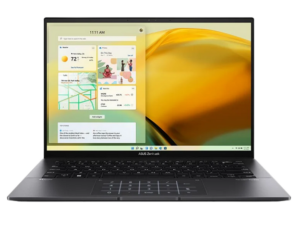




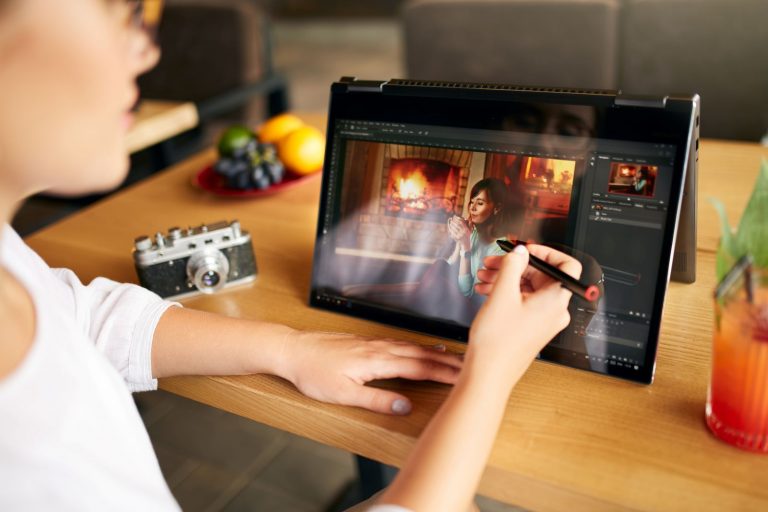
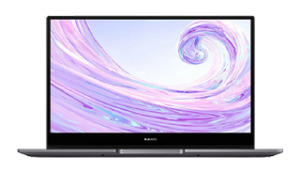




![]()




